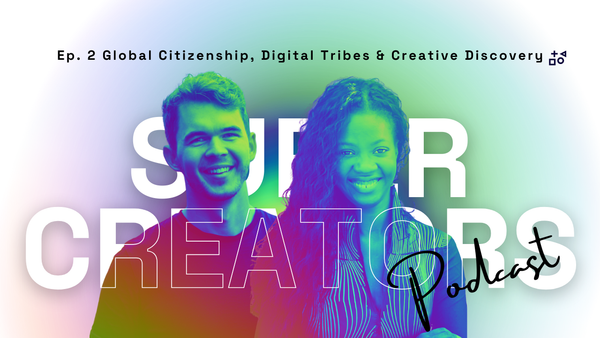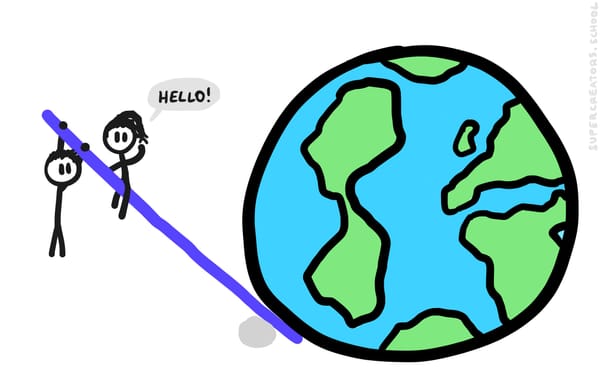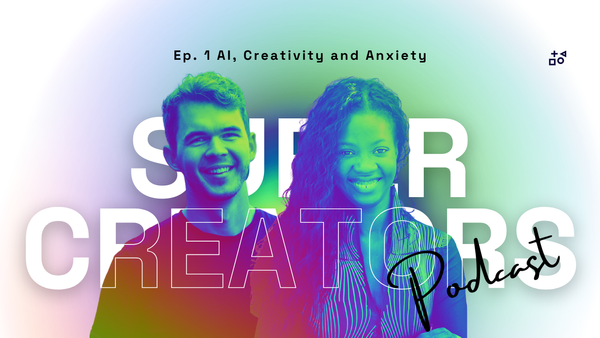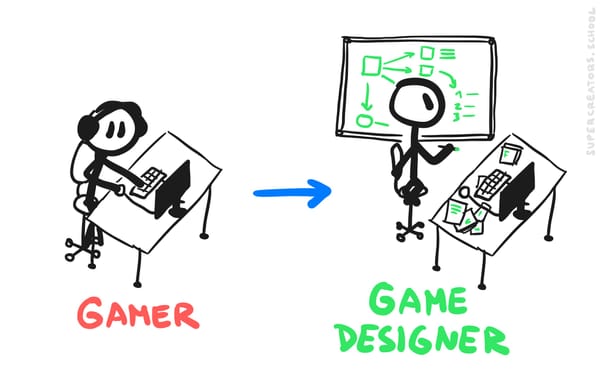Raise Creators, Not Just Consumers

When I was 12, our IT class was painfully dull. We followed click-by-click instructions with zero room for imagination.
One week, we were learning how to cut videos from preloaded movie clips. Nobody cared. We were bored, the teacher was frustrated, and the room felt like it was running on autopilot.
Then something unexpected happened.
The next week, the teacher walked in and asked, “Do you want to make your own film?”
We blinked. “What do you mean?”
“You have two hours,” he said. “Go record something, edit it, and make a film.”
“But how?” we asked.
“Figure it out. Google it,” he shrugged.
So we did. We grabbed cameras, ran outside, filmed clips, and poorly edited them in Windows Media Player. The result was messy and chaotic and barely made sense.
But it was ours. We had made something from nothing. And suddenly, we cared.
That moment flipped a switch in me. The same technology that had numbed me into boredom now became a tool for expression. All it took was one question: Do you want to make something yourself?
That question planted a seed. Not just of creativity, but of agency.
This might be the most important shift we can spark in our kids today.
The hidden cost of constant consumption
Here's what worries me: Consumption is passive. Creation is active. And we're raising kids who are increasingly comfortable with passivity.
The problem isn't digital technology itself. The problem is the one-way relationship most kids have with it.
When all you do is consume, you're training your brain to:
- Accept other people's ideas instead of developing your own
- Seek instant gratification rather than delayed satisfaction
- Process information shallowly instead of deeper understanding
But when you create, something fundamentally different happens. You develop agency – the sense that you can change things in your world.
I think that's something every child deserves to feel.
5 ways to break the consumption cycle
So how do we help our kids shift from screen consumers to confident creators?
1. Change the question
Instead of asking "What did you do today?" try asking:
- "What did you make today?"
- "What would you like to create tomorrow?"
- "What's something you've seen that you'd like to try making yourself?"
Changing your questions tells your child that you value creativity.
2. Create more space for boredom
Creativity often emerges from boredom. But we've engineered boredom out of childhood with constant entertainment.
Try this: Next time your kid says "I'm bored," instead of suggesting something to do or handing them a device, say "That's interesting. I wonder what you'll do about that."
Then wait. Resist the urge to save your child from discomfort. Creativity happens in that uncomfortable space.
3. Appreciate effort over result
Kids don't create when they're afraid of doing it wrong. If we only praise perfect outcomes, they'll choose the safety of just watching others over the risk of creating something themselves.
Make it clear that you value their creative process more than the final product:
- Ask them about their creative process: “How did you make this?”
- Display theirs (and yours) imperfect creations around the house
- Share your own creative struggles with them
4. Build creation rituals
We build consumption rituals without thinking about it — movie nights, video game time, etc. But what about creation rituals?
Here are some simple ideas I have gathered from families I know:
- Cooking day: Pick one day of the week when you cook a new recipe together
- Photo challenge: Everyone takes a photo of something interesting each week and shares it at dinner
- Storytelling together: Replace bedtime reading with each of you adding one sentence to an ongoing story
Build the ritual around something that already feels natural for your family. It’s not supposed to be a chore, but something you enjoy together.
5. Lead by example
What we do around our kids is more important than what we say to our kids. Kids subconsciously know our actions matter more than our words and act accordingly.
If you want your child to be a creator, the best way is to be a creator yourself in front of them.
Start with what your kids already love
When you first try to nudge your kid from consumer to creator, expect resistance. They might:
- Claim they don't know how to make anything
- Get frustrated when their creations don't match their vision
- Quickly retreat back to the comfort of consumption
This is normal. Creating is hard. But it's also infinitely more rewarding than just consuming.
Find the way of the least resistance:
- If they love gaming videos → Help them record their own gameplay
- If they watch art tutorials → Get them digital drawing tools
- If they're into storytelling → Try a simple comic maker app
However, the goal isn’t to stop consumption completely. That wouldn’t make sense. We need inspiration before we can create. What we want is to avoid being stuck in consumption mode all the time.
Why this really matters
This isn’t about turning kids into professional content creators. It's about raising kids who see themselves as capable of impacting their world, not just being influenced by it.
And in a fast-changing world full of complex challenges, that might be the most important skill we can give them.
So next time you see your child stuck in consumption mode, ask them: "Do you want to make something yourself?"
Do you want to support your child in becoming a confident creator?
We are soon launching a revolutionary online program with fun creative projects that give kids the confidence and skills they need to succeed in a fast-changing world.




